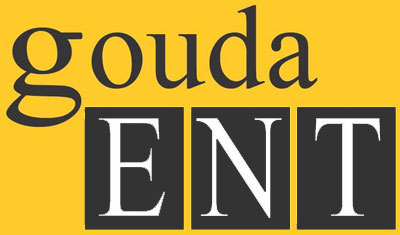Earwax, also called cerumen, plays an important role in keeping your ears safely clean Your Ears. It protects the ear canal, traps dirt, and prevents harmful bacteria from reaching the inner ear. While many people feel the urge to clean their ears regularly, improper methods can lead to injuries, ear infections, or even hearing loss. Understanding the right way to clean your ears — and what practices to avoid — is key to maintaining good ear care.

Why You Shouldn’t Over-Clean Your Ears
The ears are self-cleaning. Normally, earwax moves out of the canal naturally, where it dries and falls away. Over-cleaning can disrupt this natural process of Safely Cleaning Your Ears in our Hospital, pushing wax deeper inside and causing blockages. ENT specialists often warn that using cotton swabs, hairpins, or sharp objects inside the ear canal may damage the eardrum or cause impaction.
Safe Ways to Clean Your Ears
Here are some Safely Clean Your Ears methods recommended by doctors for earwax removal:
- Warm Cloth Wipe – Simply wipe the outer ear with a clean, damp cloth to remove visible
- Ear Drops – Over-the-counter solutions with mineral oil or saline can soften earwax, making it easier for it to fall out naturally.
- Irrigation Kits – Special ear irrigation kits can help flush out softened wax with gentle water pressure, but they should be used carefully.
- Professional Cleaning – If you have recurring blockages or impacted wax, visit an ENT specialist for safe ear cleaning.
What to Avoid While Cleaning Your Ears
- Cotton Swabs – They push wax deeper and may injure the
- Sharp Objects – Pins, keys, or earbuds can cause permanent ear damage
- Ear Candling – A popular but unsafe practice that can lead to burns and ear canal
- Overusing Ear Drops – Excess use may irritate or
When to See a Doctor
Seek medical attention on Safely Clean Your Ears if you experience:
- Persistent ear pain
- Sudden or partial hearing loss
- A feeling of fullness or clogged ears
- Fluid discharge or foul odor from the ear
- Recurring ear infections
An ENT specialist (otolaryngologist) can safely remove excess earwax and rule out any underlying conditions.
Conclusion
Keeping your ears clean doesn’t mean inserting objects inside the canal. The safest approach (Safely Clean Your Ears) is to let the ears maintain their natural balance and only clean the outer ear gently. If you experience hearing problems, ear pain, or wax buildup, consult an ENT professional instead of attempting risky home remedies.
Maintaining ear hygiene the right way ensures not just comfort but also long-term ear health Hospital.
FAQs
Q1: Do I need to safely clean my Ears regularly?
A: Not necessarily. For most people, ears are self-cleaning thanks to natural movement (like chewing & jaw motion) that help wax migrate outward. Unless you’re experiencing symptoms like muffled hearing, clogging, pain, or discharge, frequent cleaning isn’t needed. Over-cleaning may even lead to irritation or wax being pushed deeper into the canal.
Q2: Is using cotton swabs for Safely Clean Your Ears cleaning?
A: No, using cotton swabs inside the ear canal is generally discouraged by healthcare providers. They often push wax deeper, risk damaging the eardrum or canal skin, and may cause blockages or infections. If using swabs at all, limit them to the outer ear only.
Q3: What methods are safe for removing excess earwax at home? A: There are a few safe options:
- Use a damp cloth to clean the outer
- OTC ear drops or cerumenolytics (mineral oil, baby oil, glycerin, peroxide, saline) can soften
- Ear irrigation (gentle rinsing) with body-temperature water or saline, especially after softening. But avoid irrigation if you have a perforated eardrum, ear tubes, or past ear surgery.
Q4: When should I consult a doctor about my ears? A: See an ENT specialist or physician if you notice:
- Severe symptoms like ear pain, sudden hearing loss, persistent fullness, ringing (tinnitus), or
- Fluid discharge or a bad
- Recurrent buildup despite safe home cleaning
Q5: Are ear candles or alternative “viral” tools Safely Clean Your Ears for earwax removal?
A: No. Ear candling is not supported by scientific evidence and can be dangerous — risks include burns, ear canal injury, or even damage to the eardrum. Also, trendy tools seen on social media (like ear-cleaning cameras or scraping devices) have raised safety concerns for the same reasons. Always prefer clinically approved methods or consultation with an ENT.


